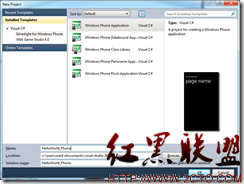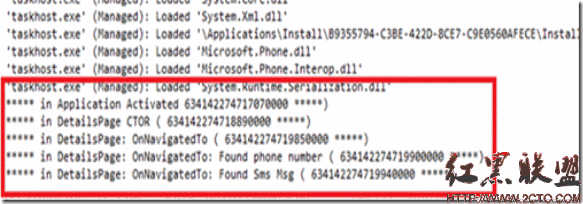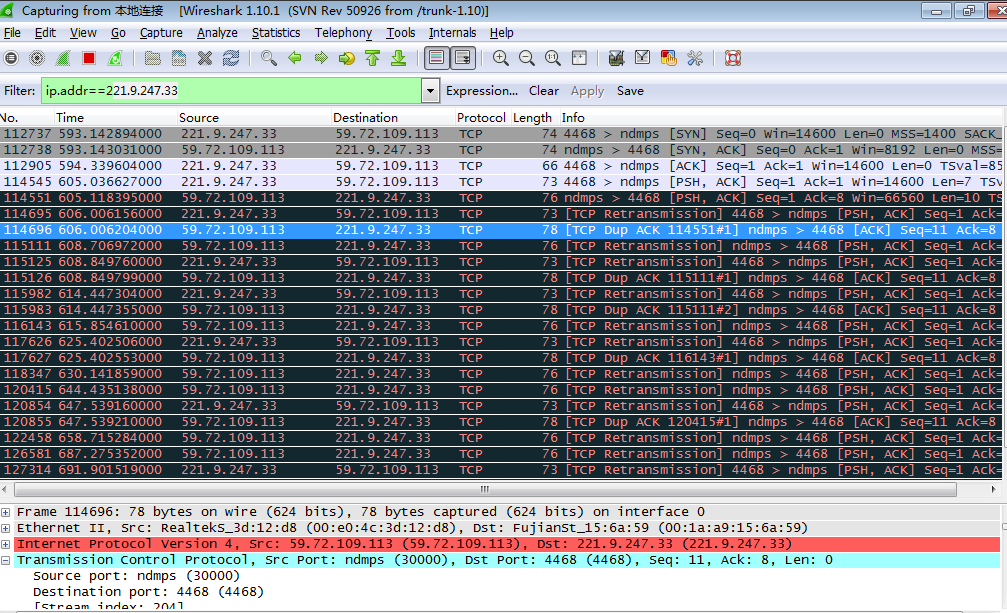iPhone真机调试日志读取 iPhone Crash Logs
1.同步应用程序以后,找到你要查看的日志文件,日志文件对应mac的位置,xp\vista的位置.
2.发现日志文件都是看不懂的16进制,如何进行转换成我们看得懂的内容.
3.使用命令行工具 "symbolicatecrash"来进行转换,可以把 工具复制到任何地方都可以调用的路径:sudo cp/Developer/Platforms/iPhoneOS.platform/Developer/Library/PrivateFrameworks/DTDeviceKit.framework/Versions/A/Resources/symbolicatecrash /usr/local/bin/
4.讲了 "symbolicatecrash" 工具怎么用.一般只要:symbolicatecrash report.crashMobileLines.app.dSYM > report-with-symbols.crash,就可以了
5.注意说明的是,你在用Xcode debug打包的时候,会生成两个东西,一个是XXX.app,另一个是XXX.app.dSYM,这两个是相对应的,与我写的第4点里的 MobileLines.app.dSYM是对应起来的.这里的日志文件必须是你打包的那个版本,不然就没有解析出你的日志文件了.通俗的说,你安装到手机上的app和这个dSYM,是配对的,如果你想要看这个手机上的日志文件,那你必须保存对应的dSYM文件去解析日志文件.每一次重新打包都会重新生成dSYM文件.
6.好了,你可以根据你的 report-with-symbols.crash,日志文件来看看你的程序哪里出问题了
Sometimes programs crash. This annoys users and developers alike. Users are frustrated because they cannot use crashing software, developers are frustrated because they have to hunt bugs instead of doing something creative and rewarding. How do we communicate if an iPhone application crashes?
I’ll start with a disclaimer. I’m not sure whether the information provided in this post is covered by iPhone Developer Program NDA or not. If it is, the post will be removed. Secondly, this post is a result of googling, so I haven’t invented anything new here.
Working with crash logs typically involves certain interaction between developers and users, unless they are automagically sent to the developer. First of all, the user should get the crash log and send it to the developer, who should examine it, find the bug and fix it.
iPhone OS and Mac OS X are remarkably similar architectures. Both store crash logs to help identify crashing bugs. The difference between the two is how users retrieve them. On Mac OS X every user has unrestricted access to crash logs related to the applications she runs. The iPhone does not even have a file browser. What to do? iTunes comes to the rescue.
Whenever you synchronize your iPhone or iPod Touch, all the crash logs are transferred to your computer. Here are their locations:
• Mac OS X:~/Library/Logs/CrashReporter/MobileDevice/<DEVICE_NAME>
• Windows XP:C:\Documents and Settings\<USERNAME>\Application Data\Apple computer\Logs\CrashReporter/<DEVICE_NAME>
• Windows Vista:C:\Users\<USERNAME>\AppData\Roaming\Apple computer\Logs\CrashReporter/MobileDevice/<DEVICE_NAME>
The log file names start with application name and have the extension “crash”. They are just plain text files and can be sent by e-mail in original or zipped form, or even copy-pasted into your e-mail program.
The second part is trickier. Both Apple and common sense suggest that all AppStore binaries are shipped with stripped symbols. If you ever saw a crash log like this, read on:
Thread 0 Crashed:0 libobjc.A.dylib 0x300c87ec 0x300bb000 + 552761 MobileLines 0x00006434 0x1000 + 215562 MobileLines 0x000064c2 0x1000 + 216983 UIKit 0x30a740ac 0x30a54000 + 1312444 UIKit 0x30a66110 0x30a54000 + 740005 UIKit 0x30a6565c 0x30a54000 + 712606 GraphicsServices 0x3169b0b4 0x31696000 + 206607 GraphicsServices 0x3169d818 0x31696000 + 307448 IOMobileFramebuffer 0x31f3e8f8 0x31f3d000 + 63929 com.apple.framework.IOKit 0x30f342b8 0x30f30000 + 1708010 CoreFoundation 0x3025ced4 0x30229000 + 21269211 CoreFoundation 0x3025bed6 0x30229000 + 20859812 CoreFoundation 0x3025b584 0x30229000 + 20621213 GraphicsServices 0x316998e4 0x31696000 + 1456414 UIKit 0x30a5e308 0x30a54000 + 4173615 UIKit 0x30a671dc 0x30a54000 + 7830016 MobileLines 0x00002090 0x1000 + 424017 MobileLines 0x0000202c 0x1000 + 4140
In a nutshell, it contains function addresses and offsets instead of function names and line numbers. The structure is obvious, but, to be honest, I don’t know what“MobileLines 0×00006434 0×1000 + 21556″ is, even though I have all the source code. Thanks to Apple Developer Tools and to Craig Hockenberry whowrote about it, we have a perfect solution called symbolicatecrash.
I copied it to/usr/local/bin/so that I can run it whenever I want without trying to remember its original location (you may prefer a symbolic link):
$ sudo cp /Developer/Platforms/iPhoneOS.platform/Developer/Library/Xcode/Plug-ins/iPhoneRemoteDevice.xcodeplugin/Contents/Resources/symbolicatecrash /usr/local/bin/
Running this script with the-h option provides the minimal help:
$ symbolicatecrash -h
usage:
symbolicatecrash [-Ah] LOGFILE [SYMBOL_PATH ...]
Symbolicates a crashdump LOGFILE which may be "-" to refer
to stdin. By default, all heuristics will be employed
in an attempt to symbolicate all addresses. Additional
symbol files can be found under specified directories.
Options:
-A Only symbolicate the application, not libraries
-h Display this message
-v Verbose
To add symbols to the crash log you need the dSYM file generated by the linker when you compiled your application for AppStore. In other words, when you build for AppStore you should keep the dSYM package in a safe place backed up by Time Machine. This is very important.You should keep a copy of the dSYM for each version of your application ever shipped. If you have the package, translating code offsets to function names with line numbers has never been easier:
$ symbolicatecrash report.crash MobileLines.app.dSYM > report-with-symbols.crash
Here is the result:
Thread 0 Crashed:0 libobjc.A.dylib 0x300c87ec objc_msgSend + 201 MobileLines 0x00006434 -[BoardView setSelectedPiece:] (BoardView.m:321)2 MobileLines 0x000
补充:移动开发 , IOS ,




